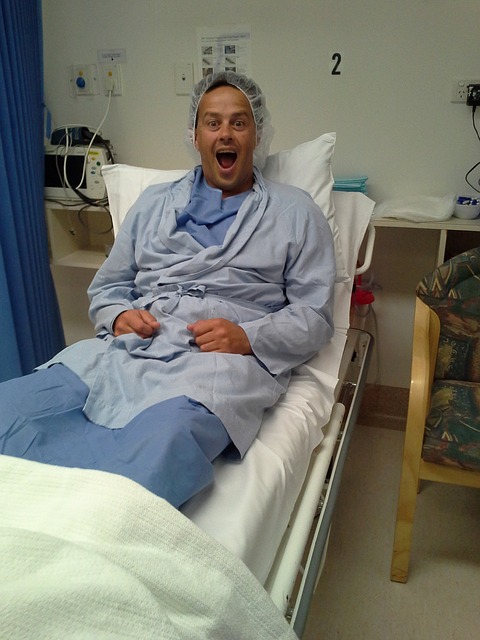While most endoscopic spine procedures are performed under a general anesthetic, Dr. Hanson performs procedures while the patient is awake. Often referred to as “awake spine surgery”, this is a technique that offers patients a faster recovery time, less pain, and no side effects.
What is awake spine surgery?
Awake spine surgery is performed under Monitored Anesthesia Care (MAC), also known as “conscious sedation” or “twilight sleep”. The sedation is administered through an IV to make a patient sleepy and calm during the procedure.

The procedure
Patients are conscious and responsive during the operation, making it easier for them to answer questions and follow commands. A typical awake spinal surgery takes 1-3 hours, while a traditional open spine surgery under general anesthesia can be performed for a longer period and takes 4-6 hours. It depends on the type of surgery performed and whether the surgery requires a general anesthetic.
Faster recovery time
While a traditional spinal operation may require over a week of recovery time, awake spinal surgery patients usually go home the same or the next day, as opposed to 3-4 days following a traditional operation.
Less pain
Changing the course of traditional spine surgery by using minimally invasive procedures and techniques results in less pain due to the very small skin incision that is made. A study completed by Alok D. Sharan, MD, MHCDS found that maximum post-operative pain scores were reduced by 50% following awake spine surgery.
Should you consider an awake procedure?
Because the patient is awake while the surgery is performed, there is no ventilator involved. This type of anesthesia is different from general anesthesia because the patient is not chemically paralyzed, nor do they generally require mechanical assistance with breathing. The vital signs are closely monitored to make sure they are stable through the procedure. This can help eliminate the chances of developing nausea, pneumonia, or delirium post-surgery. Patients over 65 years old can have a much higher risk of experiencing delirium up to a few days following an operation under general anesthesia.
Awake spine surgery is accessible to more people
Awake spine surgery is also potentially available to more patients. Many older patients have trouble with general anesthesia, as it can lead to cases of pneumonia and delirium. Health conditions such as diabetes and obesity can increase the risk of complications in some patients as well.
While this treatment is an attractive option, it isn’t suitable for all patients. Those who could consider this procedure have symptoms due to one or two-level lumbar stenosis or spondylolisthesis. Also, these patients generally have stenosis or instability symptoms such as back pain, leg pain, weakness, or numbness and have not responded to nonoperative management.
Awake spine surgery can also be used to perform endoscopic spine surgeries such as hemilaminectomies, microdiscectomies, foraminotomies, and medial branch nerve transections.
Find out if awake spine surgery is an option for you. Schedule a consultation or contact us today.
